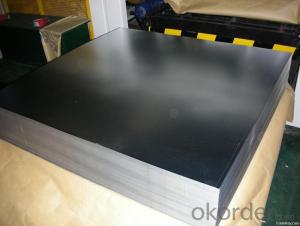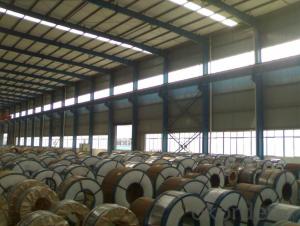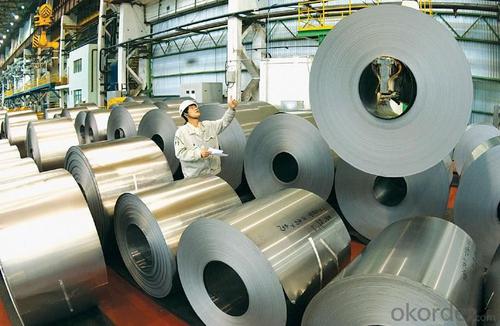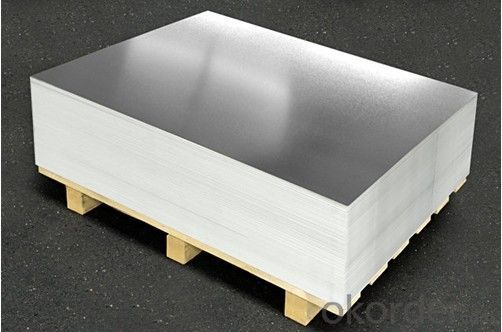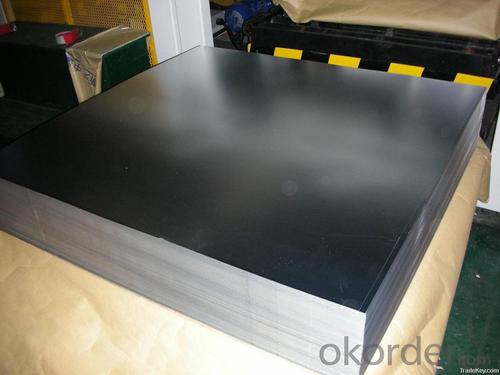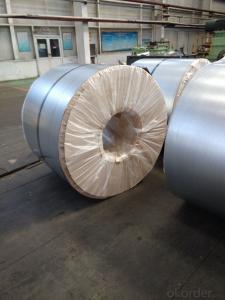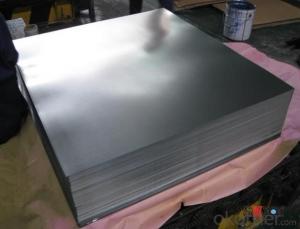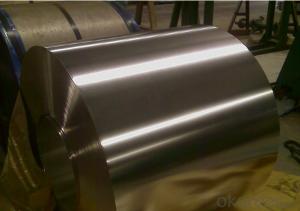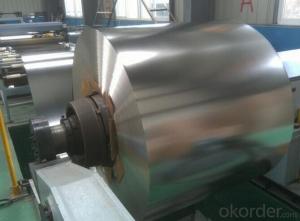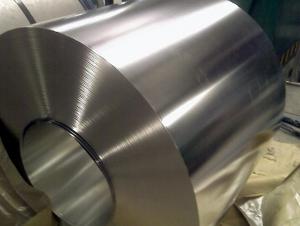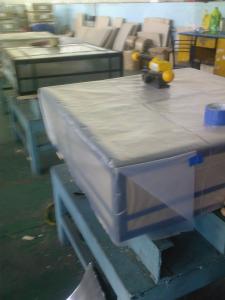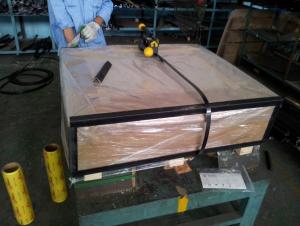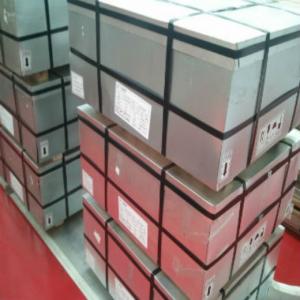Electrolytic Tin Plate for Foods Pakaging Making
- Loading Port:
- Tianjin
- Payment Terms:
- TT OR LC
- Min Order Qty:
- 25 m.t
- Supply Capability:
- 7000 m.t/month
OKorder Service Pledge
OKorder Financial Service
You Might Also Like
1.Structure of Electrolytic Tin Plate for Foods Pakaging Making Description
Tinplate is sheet steel covered with a thin layer of tin. Before the adventof cheap mild steel the backing metal was iron. While once more widely used, the primary use of tinplate now is themanufacture of tin cans. Tinplate is made by rolling the steel (or formerly iron) in a rolling mill, removing any scale(rust) by pickling it in acid and then coating it with a thin layer of tin.
2.Main Features of the Electrolytic Tin Plate for Foods Pakaging Making
Appearance – Electrolytic Tin Plate is characterized by its beautiful metallic luster. Products with various kinds of surface roughness are produced by selecting the surface finish of the substrate steel sheet.
Paintability and printability – Electrolytic Tin Plates have excellent paintability and printability. Printing is beautifully finished using various lacquers and inks.
Formability and strength – Electrolytic Tin Plates have got very good formability and strength. By selecting a proper temper grade, appropriate formability is obtained for different applications as well as the required strength after forming.
Corrosion resistance – Tinplate has got good corrosion resistance. By selecting a proper coating weight, appropriate corrosion resistance is obtained against container contents. Coated items should meet 24 hour 5 % salt spray requirement.
Solderability and weldability – Electrolytic Tin Plates can be joined both by soldering or welding. These properties of tinplate are used for making various types of cans.
Hygienic – Tin coating provides good and non toxic barrier properties to protect food products from impurities, bacteria, moisture, light and odours.
Safe – Tinplate being low weight and high strength makes food cans easy to ship and transport.
Eco friendly – Tinplate offers 100 % recyclability.
Tin is not good for low temperature applications since it changes structure and loses adhesion when exposed to temperatures below – 40 deg C.
3. Electrolytic Tin Plate for Foods Pakaging Making Images
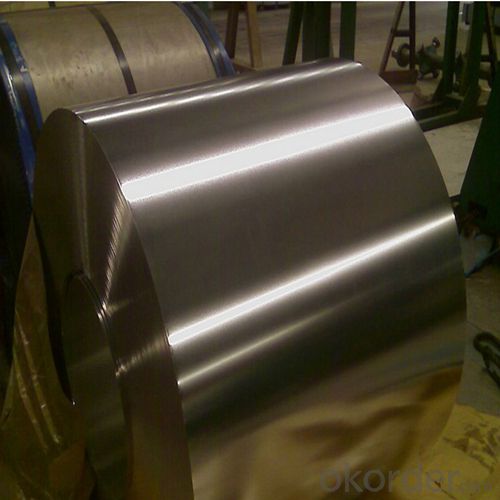
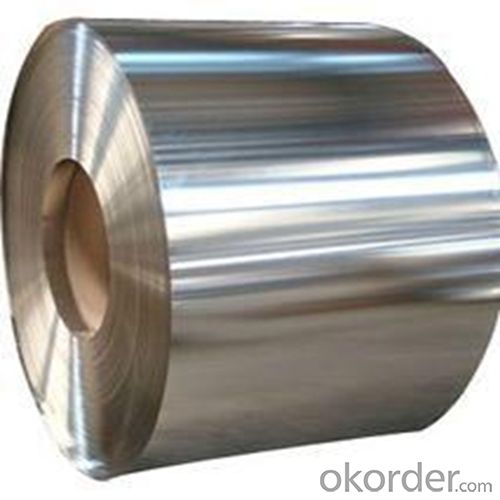
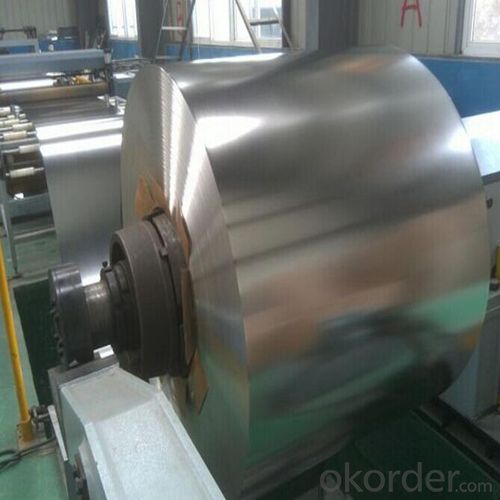
4. Electrolytic Tin Plate for Foods Pakaging Making Specification
Standard | ISO 11949 -1995, GB/T2520-2000,JIS G3303,ASTM A623, BS EN 10202
|
Material | MR,SPCC |
Thickness | 0.15mm - 0.50mm |
Width | 600mm -1150mm |
Temper | T1-T5 |
Annealing | BA & CA |
Coil Inner Diameter | 508mm |
Weight | 6-10 tons/coil 1~1.7 tons/sheets bundle |
Passivation | 311 |
Oil | DOS |
Surface | Finish,bright,stone,matte,silver |
5.FAQ of Electrolytic Tin Plate for Foods Pakaging Making
- How do you package the Electrolytic Tin Plates?
Wrapped completely with an inner cover of pastic or awaterprof papers with corners protected with metal angels on wooden pallets.
- How many types there are for base steels?
The base steels are of three types: Type MR, L, D
- Q: How does tinplate packaging handle exposure to moisture?
- Tinplate packaging is highly resistant to moisture and provides an effective barrier against it. The tin coating on the steel substrate prevents direct contact between the metal and moisture, protecting the contents inside. This makes tinplate packaging suitable for various products, including food and beverages, as it maintains their quality and prevents spoilage caused by moisture.
- Q: What are the main applications of tinplate in the pharmaceutical industry?
- Tinplate is primarily used in the pharmaceutical industry for packaging purposes. Its main applications include the production of tinplate cans, containers, and closures. These tinplate packaging solutions provide a reliable and durable barrier against moisture, light, and oxygen, ensuring the protection and preservation of pharmaceutical products. Additionally, tinplate is also used for labeling and promotional purposes due to its excellent printability and aesthetic appeal.
- Q: What are the main trends in the tinplate industry?
- The main trends in the tinplate industry include a growing demand for sustainable packaging solutions, increased focus on product innovation and customization, the adoption of advanced technology for production efficiency, and a shift towards lightweight and cost-effective packaging materials. Additionally, there is a rising preference for tinplate packaging in the food and beverage sector due to its durability, versatility, and ability to maintain product quality and freshness.
- Q: Can tinplate be used for marine applications?
- Yes, tinplate can be used for marine applications. Tinplate is known for its excellent corrosion resistance, making it a suitable material for marine environments where exposure to saltwater and moisture is a concern. Additionally, tinplate's strength and durability make it ideal for various marine applications such as packaging, containers, and components for boats and ships.
- Q: What are the main factors affecting tinplate coil storage?
- The main factors affecting tinplate coil storage include temperature, humidity, ventilation, stacking method, and protection against dust and contaminants.
- Q: What are the limitations of printing on tinplate?
- There are several limitations to printing on tinplate. Firstly, tinplate is not a very smooth surface, which can affect the quality of printed images and text. Additionally, the printing process on tinplate requires specialized inks and equipment, making it more costly and time-consuming compared to printing on other materials. Furthermore, tinplate is prone to scratching and chipping, which can damage the printed design. Lastly, the printing options on tinplate are somewhat limited, as it cannot accommodate intricate or highly detailed designs as well as other printing mediums.
- Q: How does tinplate perform in terms of odor and taste retention?
- Tinplate is highly effective in retaining the odor and taste of the contents it holds. The tin coating on the steel provides an excellent barrier that prevents any transfer of flavors or smells, ensuring the preservation of the original quality and taste of the product.
- Q: What are the potential health risks associated with tinplate?
- The potential health risks associated with tinplate are primarily due to the possibility of tin and other metals leaching into food or beverages stored in tinplate containers. Some studies suggest that high levels of tin exposure may lead to stomach and intestinal issues, such as nausea, vomiting, and diarrhea. However, the overall health risks are considered low, as strict regulations and safety measures are in place to minimize these concerns.
- Q: How is tinplate different from other types of metal packaging?
- Tinplate is different from other types of metal packaging because it is made from a thin layer of tin-coated steel, offering superior corrosion resistance and protection to the packaged product. This makes tinplate ideal for food and beverage packaging as it ensures the preservation of taste, freshness, and quality. Additionally, tinplate is lightweight, durable, and easily recyclable, making it an environmentally friendly option compared to other metal packaging materials.
- Q: How does tinplate handle extreme weather conditions?
- Tinplate is known for its excellent resistance to extreme weather conditions. It is highly durable and can withstand harsh temperatures, humidity, and exposure to sunlight without significant degradation. Its protective coating prevents rusting and corrosion, making it a reliable choice for outdoor applications.
Send your message to us
Electrolytic Tin Plate for Foods Pakaging Making
- Loading Port:
- Tianjin
- Payment Terms:
- TT OR LC
- Min Order Qty:
- 25 m.t
- Supply Capability:
- 7000 m.t/month
OKorder Service Pledge
OKorder Financial Service
Similar products
Hot products
Hot Searches
Related keywords


